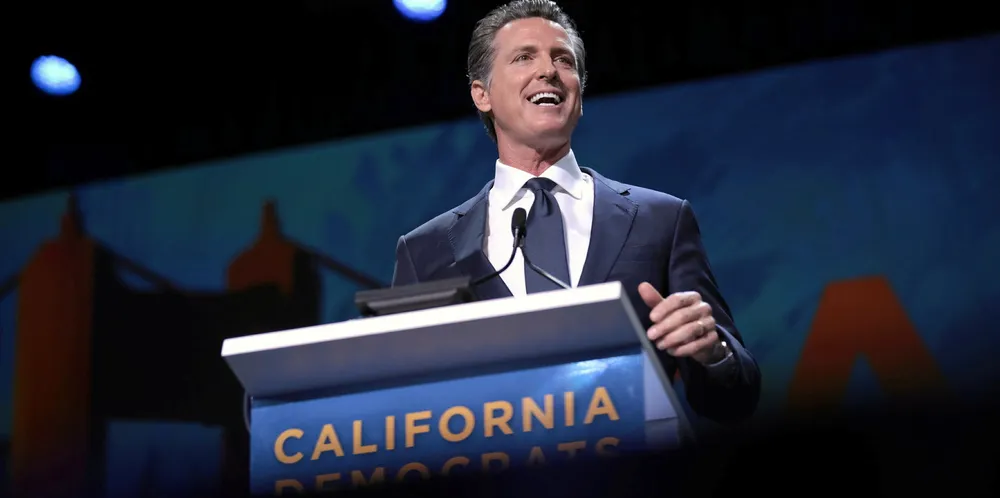'Immense potential' | California floating wind looks seaward as US ups sails for first auction
Landmark 4.5GW leasing in US Pacific completes Biden administration's pledge to hold three major offshore sales this year, after New York Bight and Carolina tenders in Atlantic

The US has cemented plans for a first offshore wind auction in its Pacific waters, with the Biden administration announcing an auction ranging over two large areas off the coast of California with a total 4.5GW of potential capacity for development with floating turbines.
The Bureau of Ocean Energy Management (BOEM), the federal agency under the Department of the Interior charged with regulating energy development in federal waters, released its proposed sale notice (PSN) for three zones in the Morro Bay wind energy area (WEA) off central California and two in the Humboldt WEA off northern California, totalling some 373,268 acres.
The lease areas in Morro Bay would have a combined 3GW of capacity, while Humboldt Bay’s two areas would have over 1.5GW.
“Today, we are taking another step toward unlocking the immense potential of offshore wind energy offshore our nation’s west coast to help combat the effects of climate change while creating good-paying jobs,” said US Secretary of the Interior Deb Haaland, at the launch of the California auction.
The PSN will be published 31 May in the Federal Register, the official record of the US government, which will open up a 60-day comment period before a final sale notice is formulated and published, with the winners in the auction expected to known by year’s-end.
This auction will extend the offshore wind sector from its heartland in the northeast Atlantic into the deep waters of America’s Pacific-facing outer continental shelf (OCS), spearheading the US’ drive into floating wind technologies.
“Advancing offshore wind on the west coast unlocks floating offshore turbine technology and will start a modern-day gold rush to revolutionise California’s energy sector with offshore wind development,” said Liz Burdock, CEO of the Business Network for Offshore Wind, an industry advocacy group.
Heather Zichal, CEO of industry organisation the American Clean Power Association, said: “This is a once-in-a-generation opportunity for California to become a global hub for floating offshore wind technology, creating thousands of good-paying American maritime and manufacturing jobs in California and beyond while boosting the domestic offshore wind supply chain.”
“BOEM is committed to robust stakeholder engagement and ensuring any offshore wind leasing is done in a manner that avoids or minimizes potential impacts to the ocean and ocean users,” said BOEM director Amanda Lefton. “The PSN provides another opportunity for local communities, tribes, ocean users, developers and others to weigh in on potential wind energy activities offshore California.”
As in the Carolina Long Bay auction, the PSN includes a 20% credit to bidders who commit to invest in offshore wind workforce or supply chain development and “a requirement that lessees make every reasonable effort to enter into a project labour agreement covering the construction of any project proposed for the lease area”, BOEM stated.
The PSN also includes requirements for stakeholder engagement with tribes, underserved communities, and ocean users such as commercial and recreational fishers, among others, to minimise any adverse impacts of project development.
The California PSN adds a significant innovation as an olive branch to commercial fisheries in the two regions with a proposed 2.5% credit to bidders who execute a community benefit agreement with ocean users, chiefly commercial fisheries, whose use of resources harvested from a lease area is “directly impacted by the lessee’s potential offshore wind energy development”.
Offshore wind development off the Atlantic coast includes financial consideration for lost harvests, but commercial fisheries have long complained that compensation is inadequate to meet their losses, inefficiently delivered, and often excludes affected vessels.
“By issuing today’s PSN and staying on track for an auction in the fall, BOEM is showing that it’s serious about advancing floating offshore wind, to drive economies of scale and realize the very substantial clean power, climate, and jobs benefits that offshore wind can deliver.”